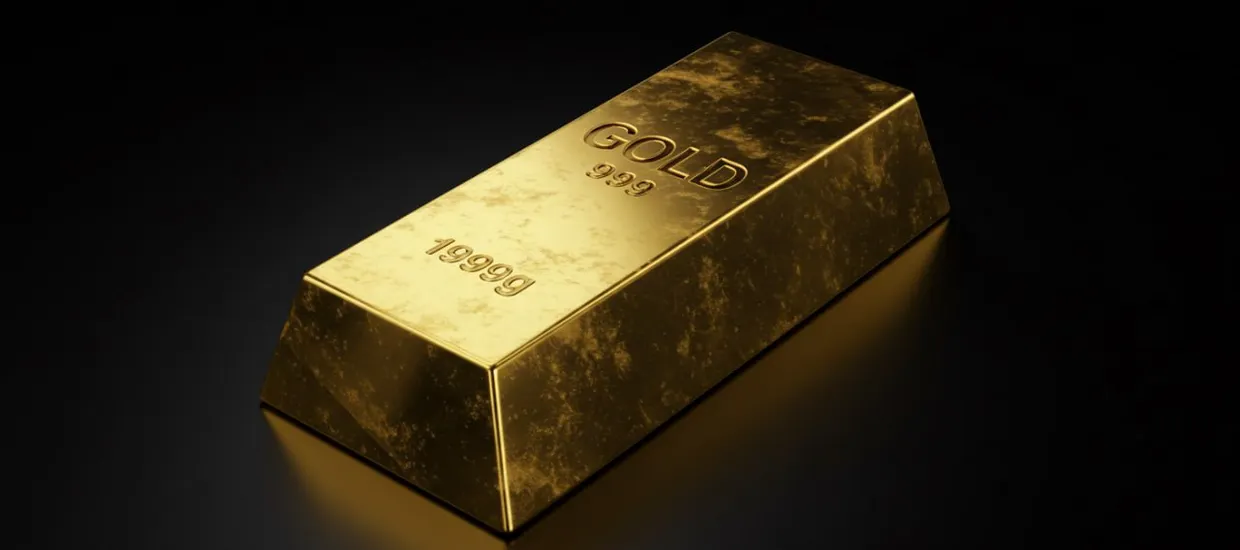- Size: Roughly the size of a U.S. quarter coin
- Thickness: About 2-3 millimeters, depending on shape
- Color: Rich yellow with a distinct metallic luster
- Malleability: Soft enough to be shaped easily
Gold Ounce Appearance

Gold has captivated humanity for thousands of years with its lustrous beauty and enduring value. But have you ever wondered, "What does an ounce of gold look like?"
When we talk about an ounce of gold, we're typically referring to a troy ounce, which is different from the everyday ounce used for measuring food or other items. A troy ounce weighs approximately 31.1 grams, slightly heavier than a standard ounce. But what does an ounce of gold look like in physical form?
A single ounce of gold is surprisingly small, considering its high value. Here are some key physical attributes:
An ounce of gold can take various shapes and forms, each with its unique appearance:
| Form | Description |
|---|---|
| Gold Coins | Circular discs with intricate designs and markings |
| Gold Bars | Rectangular blocks with smooth surfaces and stamped information |
| Gold Nuggets | Natural, irregularly shaped pieces found in nature |
| Gold Jewelry | Crafted into various ornamental designs |
To better understand what an ounce of gold looks like, let's compare it to everyday objects:
- Diameter: Similar to a U.S. quarter (about 24.3mm)
- Thickness: Approximately 3-4 stacked dimes
- Volume: Roughly equal to a small sugar cube
The purity of gold affects its appearance. What does an ounce of gold look like at different purities?
| Karat | Purity | Appearance |
|---|---|---|
| 24K | 99.9% pure | Deep, rich yellow |
| 22K | 91.7% pure | Slightly lighter yellow |
| 18K | 75% pure | Pale yellow or rose tint |
| 14K | 58.3% pure | Pale yellow or white tint |
While understanding what an ounce of gold looks like is important, it's equally crucial to recognize its value. The price of gold fluctuates based on market conditions, but it consistently remains a valuable commodity. Here are some factors that influence gold's value:
- Global economic conditions
- Currency fluctuations
- Geopolitical events
- Supply and demand
Beyond its monetary value, gold's unique properties make it valuable in different sectors:
| Industry | Application |
|---|---|
| Electronics | Connectors, switch and relay contacts |
| Medicine | Dental work, certain cancer treatments |
| Aerospace | Coating for satellite components |
| Jewelry | Various ornamental designs |
Now that you know what an ounce of gold looks like, it's important to understand how to properly store and protect it. Here are some tips:
- Use a home safe or bank deposit box for secure storage
- Handle gold with care to prevent scratches or dents
- Keep gold away from harsh chemicals
- Consider insurance for valuable gold collections
Understanding what an ounce of gold looks like goes beyond mere appearance. It involves recognizing its various forms, understanding its purity levels, and appreciating its value in different contexts. Whether you're a collector, investor, or simply curious about this precious metal, knowing the visual characteristics of a gold ounce can enhance your appreciation for this timeless commodity. Remember, while gold's appearance may be constant, its value and applications continue to evolve, making it a fascinating subject of study and investment.
FAQ
How can I verify the authenticity of a gold ounce?
To verify a gold ounce's authenticity, consider its weight, density, and color. Professional assayers can perform tests like X-ray fluorescence or acid testing for accurate results.
Can the appearance of gold change over time?
Pure gold doesn't tarnish or change color. However, gold alloys may slightly change appearance due to oxidation of other metals in the mixture.
Is it legal to own gold ounces in any form?
In most countries, it's legal to own gold. However, some nations have restrictions on the amount of gold an individual can possess. Always check local regulations.
How does the size of a gold ounce compare to other precious metals?
A gold ounce is typically smaller than an ounce of silver but larger than an ounce of platinum due to differences in density.
Are there any visual differences between minted and cast gold ounces?
Minted gold often has sharper edges and more defined designs, while cast gold may have a more organic, less uniform appearance.